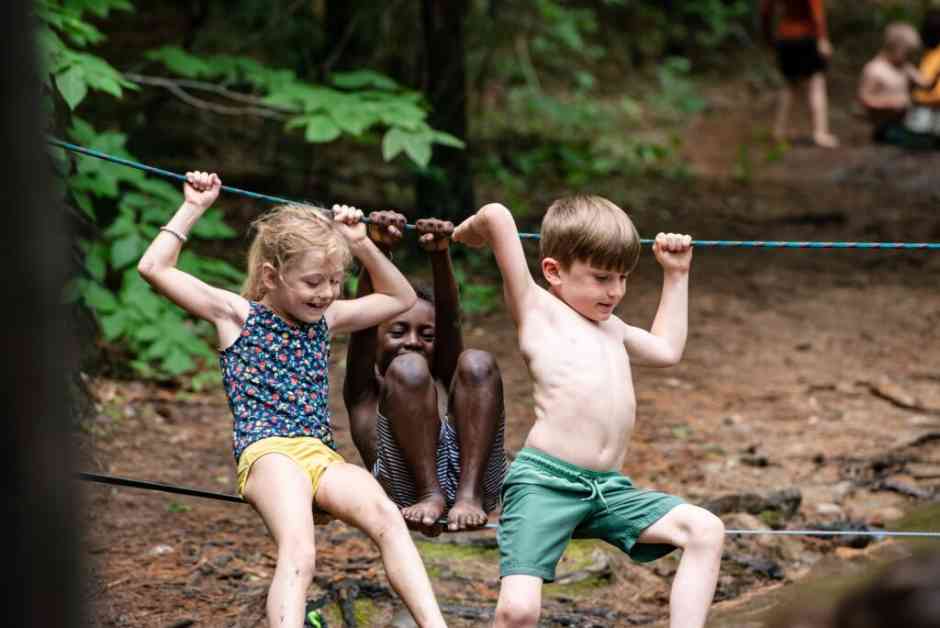The Importance of Outdoor Play for Children’s Development
In a world dominated by screens and schedules, the need for children to engage in outdoor play has never been more critical. Angela Hanscom, an occupational therapist and founder of TimberNook, has pioneered a movement emphasizing the importance of adventurous activities in developing a healthy sense of body and mind. She believes that children today are not getting enough free play, exploration, and exercise to thrive in school and beyond.
Why Movement Matters
Hanscom’s philosophy is simple yet profound: kids need to move more. In a society where children spend about nine hours sitting each day, the lack of movement can hinder sensory integration and impact learning. By engaging in activities like climbing trees, jumping off rocks, and spinning in circles, children develop body awareness and spatial orientation crucial for navigating their environment effectively.
The Impact of Outdoor Therapy
Through TimberNook’s innovative approach, children are given the freedom to explore and play in natural settings, fostering creativity, resilience, and problem-solving skills. Collaborating with schools like Laconia Christian Academy, Hanscom has seen firsthand the transformative effects of increased outdoor playtime on academic performance and overall well-being. Amidst the pandemic, the benefits of outdoor play have become even more apparent, with children displaying greater joy, resilience, and independence.
Challenges and Opportunities Ahead
While the lure of screens and parental fears pose obstacles to outdoor play, there is a growing awareness of the need to prioritize nature-based activities for children. As society grapples with the aftermath of the pandemic, the conversation around outdoor play and its impact on child development is gaining momentum. With research underway to explore the cultural shift in schools towards more outdoor time, the future looks promising for a generation of children rediscovering the joys of unstructured outdoor play.
